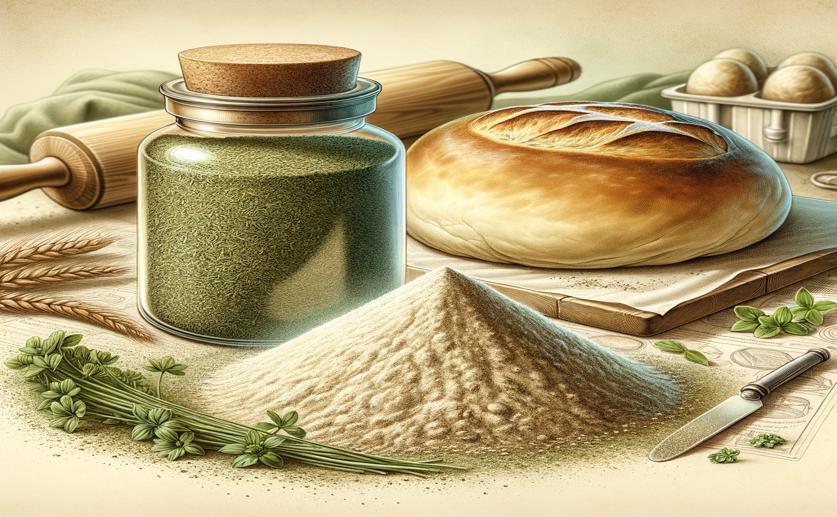
How Tarragon Powder Improves Bread Dough and Quality
Jenn Hoskins
25th April, 2024

Image Source: Natural Science News, 2024
Key Findings
- In Turkey, adding up to 6% tarragon powder to bread boosts protein, fiber, and antioxidants
- Tarragon-enriched bread up to 4% improves taste and aroma without altering bread's molecular structure
- The study suggests a balance between nutritional enhancement and consumer appeal in bread production
References
Main Study
1) Effects of Artemisia dracunculus powder on dough rheology and quality properties as a novel ingredient in bread formulation.
Published 23rd April, 2024
https://doi.org/10.1177/10820132241248483
Related Studies
2) Effects of mango peel powder on starch digestion and quality characteristics of bread.
3) Effects of orange peel powder on rheological properties of wheat dough and bread aging.
4) Preparation and evaluation of food-grade nanoemulsion of tarragon (Artemisia dracunculus L.) essential oil: antioxidant and antibacterial properties.
5) Artemisia dracunculus (Tarragon): A Review of Its Traditional Uses, Phytochemistry and Pharmacology.



 14th April, 2024 | Jenn Hoskins
14th April, 2024 | Jenn Hoskins